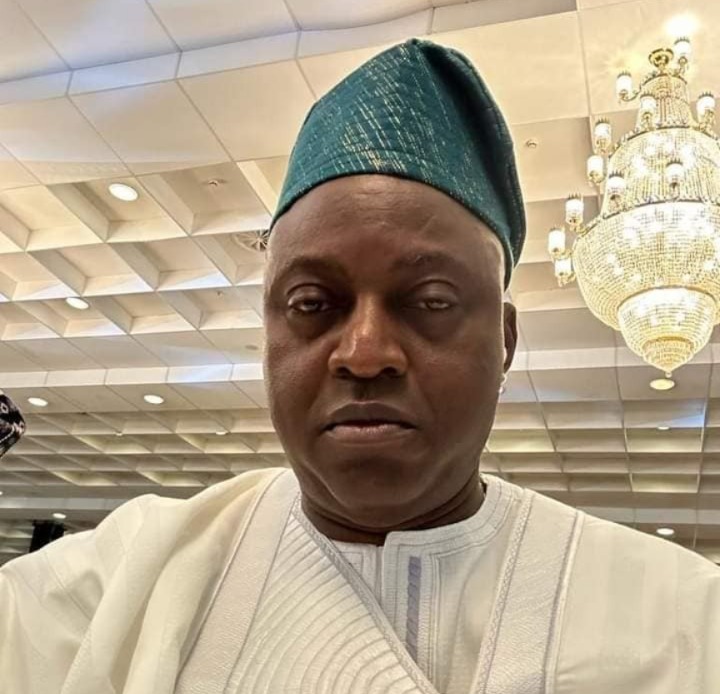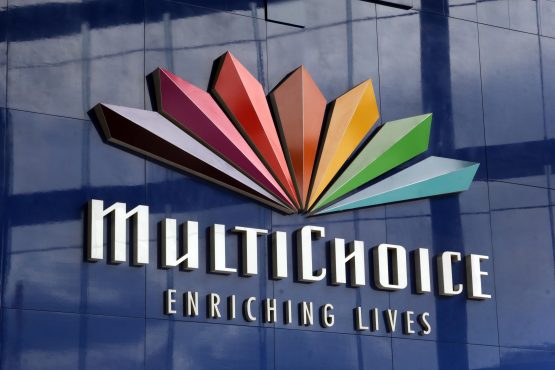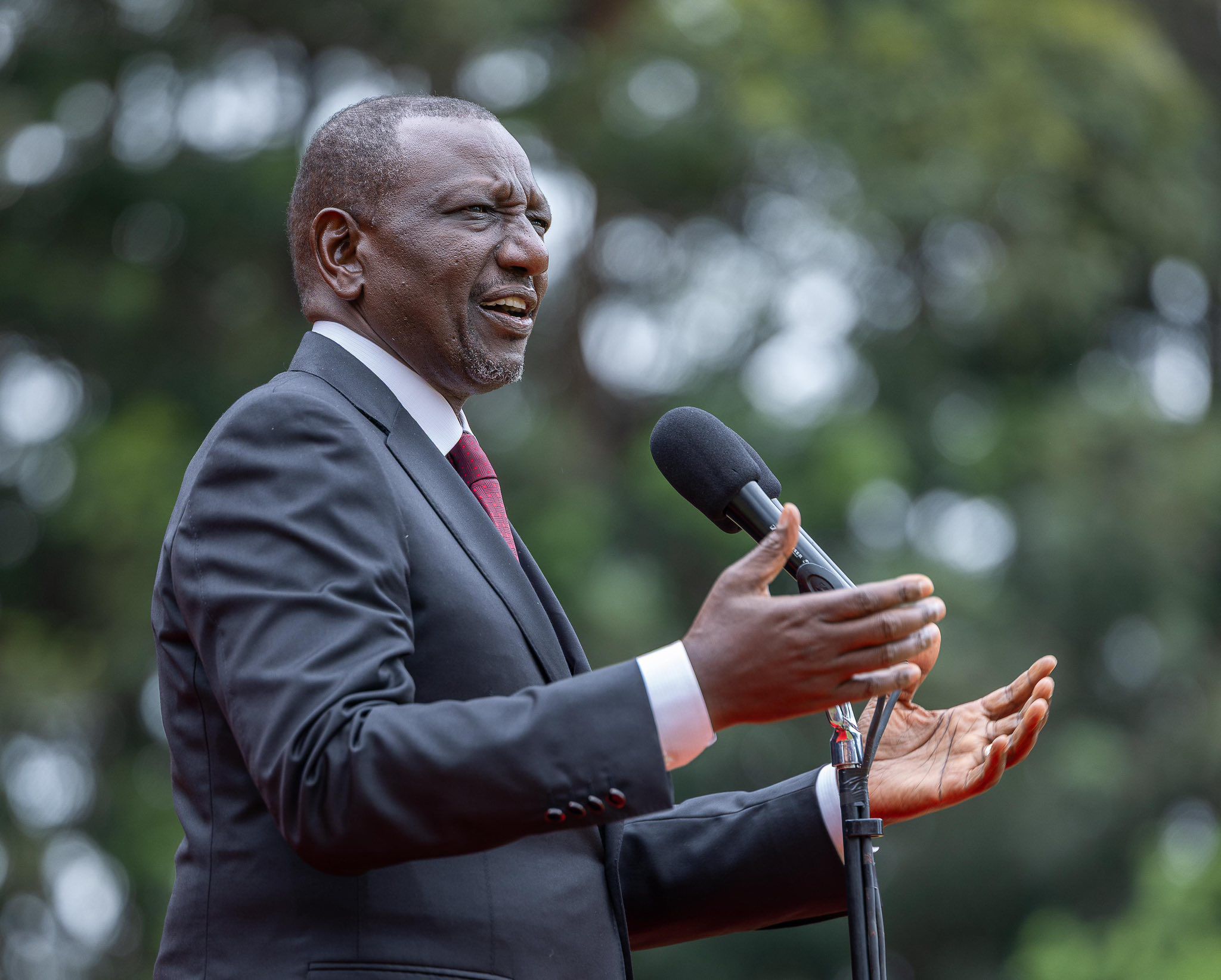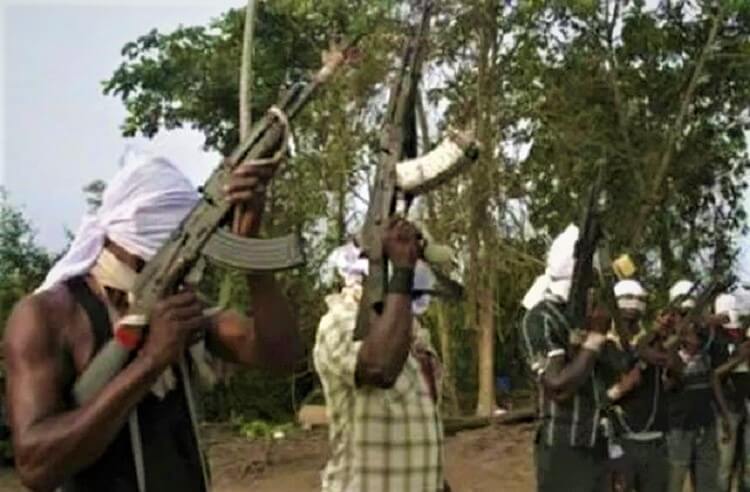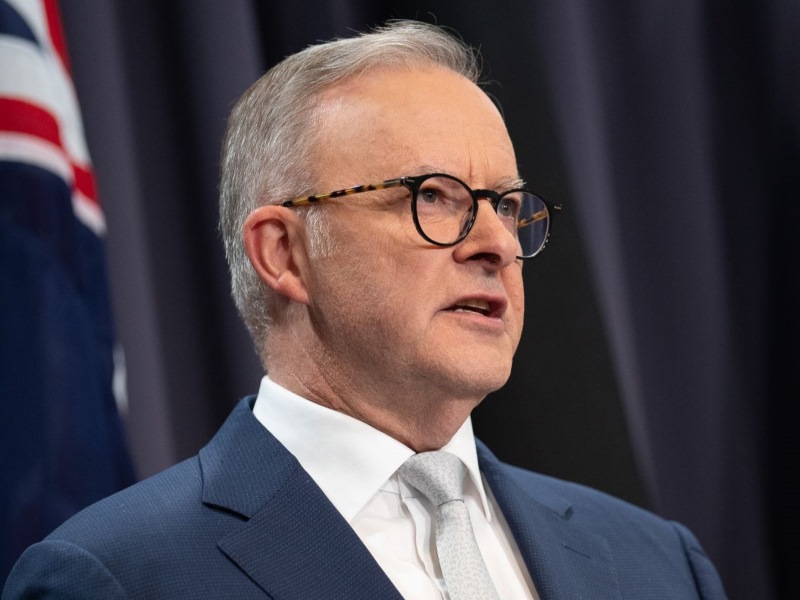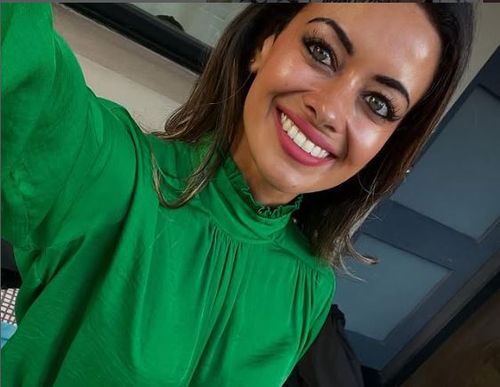Leo XIV pledges peace in the world

Pope Leo XIV, history’s first American pope, vowed yesterday to work for unity so that the Catholic Church becomes a symbol of peace in the world.
The Catholic leader spoke in a message of communion during an inaugural Mass in St. Peter’s Square before an estimated 200,000 pilgrims, presidents, patriarchs and princes.
The former Cardinal Robert Francis Prevost was elected as the 267th Pope and took the name Leo XIV.
He was elected on May 8 and was officially inaugurated yesterday.
The pope’s inauguration Mass was attended by 30 heads of state and nine sovereigns, along with 200 cardinals and 750 bishops and priests.
The U.S. delegation was led by Vice President JD Vance and Secretary of State Marco Rubio, both of whom are Roman Catholic.
Among the other notable world leaders were Ukrainian President Volodymyr Zelenskyy, French Prime Minister François Bayrou, Canadian Prime Minister Mark Carney, Australian Prime Minister Anthony Albanese, Israeli President Isaac Herzog, and President Dina Boluarte of Peru, where Cardinal Robert Prevost served as a missionary and bishop for nearly 20 years prior to his election as pope.
Also in attendance were representatives from most major Christian traditions and other faiths.
In St. Peter’s Square, thousands gathered beneath the sun to witness what many described as a moment of living history.
Among them was Jackie Rodriguez, 67, who had travelled to Rome with her husband from Dallas, Texas.
She said she was thrilled to be present when white smoke signalled the election of Pope Leo XIV.
Yesterday, Pope Leo officially opened his pontificate by taking his first popemobile tour through the piazza, a rite of passage that has become synonymous with the papacy’s global reach and mediatic draw.
The 69-year-old Augustinian missionary smiled and waved from the back of the truck, and stopped to bless some babies in the crowd.
The installation Mass of Leo was marked by solemnity, rich symbolism, and global representation, reflecting the universality of the Catholic Church.
The ceremony began with the pontiff praying at the tomb of St. Peter, who, according to Catholic tradition, is considered to be the first pope.
Leo arrived inside St. Peter’s Basilica before leading a procession of cardinals, Eastern patriarchs, bishops, and parish priests of Rome into the main altar in the square.
At the altar in the square, the icon of Our Lady of Good Counsel from the Marian shrine in Genazzano was prominently displayed, signifying Leo’s personal devotion to the image that has long been under the protection of the Augustinian order.
The pope opened the liturgy singing the initial salute, blessing the gathered assembly with holy water in remembrance of baptism — a gesture that underscored his commitment to shepherding the faithful.
The readings during the Mass were delivered in multiple languages.
The first reading was proclaimed in Spanish, followed by a responsorial psalm in Italian, the second reading in English, and the Gospel sung in Latin.
In a nod to Eastern Catholic tradition, the Gospel was also sung in Greek, marking a rhythmic and deeply reverent moment in the liturgy.
Following the Gospel proclamation, Leo received the papal pallium and the fisherman’s ring, known as the Piscator, from three cardinals from each order within the College of Cardinals: the nuncio in Syria, Italian Cardinal Mario Zenari, Cardinal Fridolin Ambongo Besungu, Archbishop of Kinshasa, Democratic Republic of Congo, and Filipino Cardinal Luis Antonio Tagle, pro-prefect of the Dicastery for the Evangelisation of Peoples.
During the Mass, Leo appeared to choke up when the two potent symbols of the papacy were placed on him – the lambswool stole over his shoulders and the fisherman’s ring on his finger – as if the weight of responsibility of leading the 1.4-billion strong church had just sunk in.
He turned his hand to look at the ring and then clasped his hands in front of him in prayer.
In his homily, Leo said he wanted to be a servant to the faithful through the two dimensions of the papacy, love and unity, so that the church could be a force for peace in the world.
Amid such geopolitical and religious diversity, Leo took stock of the fractured state of world affairs.
“In this our time, we still see too much discord, too many wounds caused by hatred, violence, prejudice, the fear of difference, and an economic paradigm that exploits the earth’s resources and marginalises the poorest,” he said.
Christians from other traditions, people of other faiths and all men and women of goodwill must work together to “build a new world where peace reigns”, he said.

